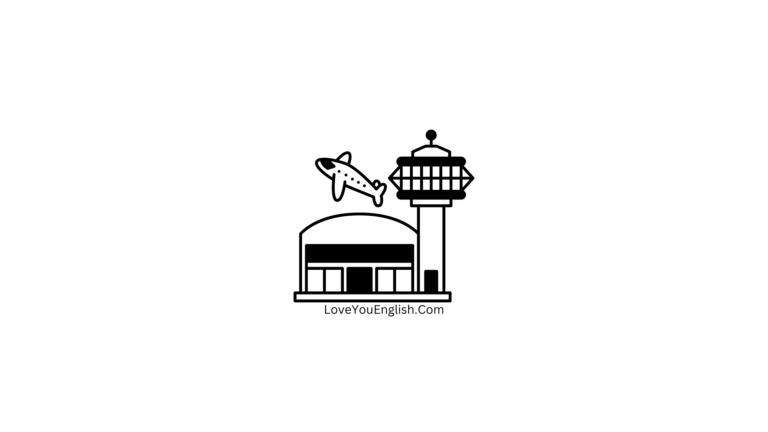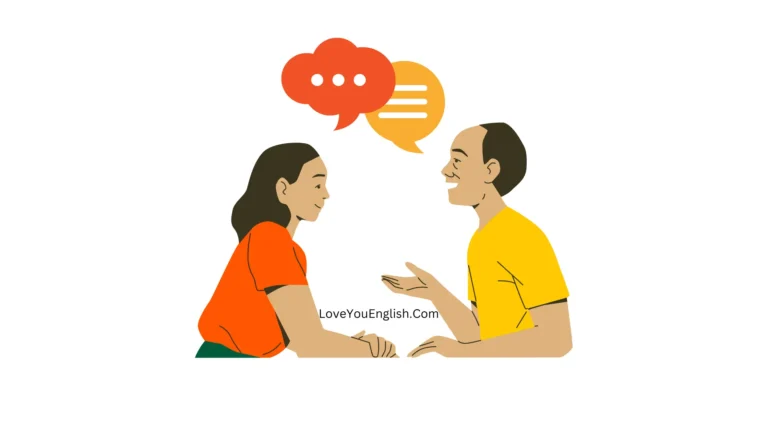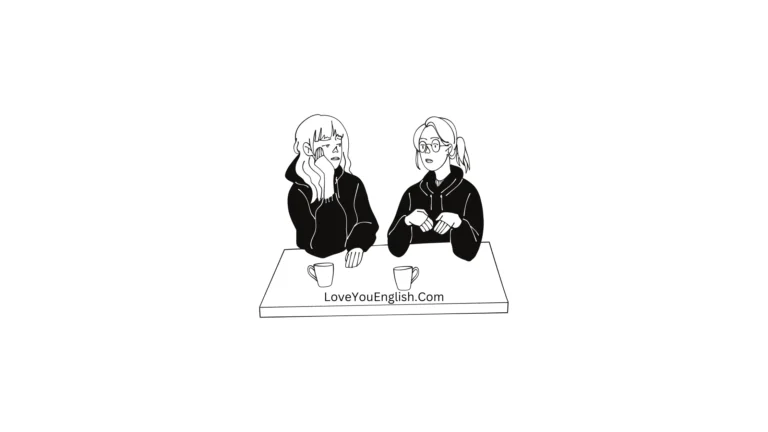English Dialogues About the Role of Art in Society
English Dialogues About the Role of Art in Society
Jordan: Hey Alex, thanks for meeting up! I’m excited to dive into this topic with you. I’m curious—what do you think is the role of art in society?
Alex: Hi Jordan! I’m thrilled to talk about this. Art’s role in society is huge and multifaceted. On one level, it’s a form of expression. It allows individuals to convey their thoughts, feelings, and perspectives. But it’s also a mirror reflecting the times we live in. What do you think?
Jordan: I love that idea of art as a mirror. Can you give me an example of how art reflects society?
Alex: Sure! Take the works of Picasso. His Guernica isn’t just a painting; it’s a powerful response to the Spanish Civil War. Through stark imagery and intense emotions, it captures the chaos and suffering of war. Art like that brings historical and political issues to the forefront in a way that’s often more impactful than a history book.
Jordan: That’s fascinating! But art isn’t just about reflecting society, right? It also shapes it.
Alex: Absolutely! Art has the power to inspire change. Look at the influence of protest art during the Civil Rights Movement in the U.S. Artists like Jacob Lawrence used their work to highlight injustices and mobilize people for change. Art can challenge the status quo and encourage people to think differently.
Jordan: That’s a great point. What about art in everyday life? How do you think it affects people on a personal level?
Alex: Art has this incredible ability to touch people on a personal level. Whether it’s through a beautiful painting, a moving piece of music, or a thought-provoking film, art can evoke emotions and thoughts that connect with us deeply. It can be a source of comfort, inspiration, or even a catalyst for personal growth.
Jordan: So, you’re saying art has the power to influence both personal experiences and broader societal issues?
Alex: Exactly. Art bridges the personal and the universal. It’s where our individual experiences meet collective consciousness. Plus, it’s a way for people to find common ground. Shared experiences through art can build communities and foster empathy.
Jordan: I see what you mean. Do you think the digital age is changing the way art impacts society?
Alex: Oh, definitely. The digital age has expanded access to art in amazing ways. Social media platforms let artists share their work with a global audience instantly. This has democratized art and allowed for diverse voices and perspectives to be heard. But it also raises new questions about the value and commercialization of art.
Jordan: That’s an interesting angle. Do you think the commercialization of art is a good or bad thing?
Alex: It’s a double-edged sword. On one hand, commercialization can help artists make a living and reach more people. On the other hand, it can sometimes overshadow the deeper meanings of art and turn it into a product rather than a form of expression. It’s a balance that’s constantly shifting.
Jordan: I hadn’t thought of it that way. What do you see as the future of art in society?
Alex: I think the future of art will continue to evolve with technology and global connections. We’ll see more interactive and immersive experiences, and art will keep pushing boundaries. What’s exciting is how art will continue to address new challenges and opportunities as society changes.
Jordan: This has been a really eye-opening conversation. Thanks for sharing your insights, Alex!
Alex: I’m glad you enjoyed it! Art is such a rich topic with endless possibilities for discussion. If you ever want to dive deeper into any specific aspect, just let me know!
Jordan: Definitely! I’ll take you up on that offer. Thanks again, Alex!
Alex: Anytime, Jordan!
Read more dialogues:
English Dialogues About the Role of Art in Society
Taylor: Hi Sam! I’m really looking forward to this discussion. You’ve been involved in a lot of social movements through art. What do you see as the role of art in driving societal change?
Sam: Hi Taylor! I’m excited to talk about this. Art is such a powerful tool for change. It can raise awareness about issues, challenge injustices, and mobilize people in ways that other forms of activism might not. Art has this unique ability to reach people on an emotional level.
Taylor: That’s a great point. Can you share an example of how art has driven change?
Sam: Absolutely. Think about the Hope poster by Shepard Fairey from the 2008 Obama campaign. It wasn’t just a piece of art; it became a symbol of hope and change for a whole movement. It used simple, striking imagery to capture the spirit of the campaign and inspire people to get involved.
Taylor: That’s a classic example. What about art’s role in more grassroots or local movements?
Sam: Local art can be incredibly impactful. For instance, community murals can transform spaces and give a voice to local issues. I’ve worked on several mural projects that started conversations about neighborhood problems, from housing issues to local history. Art can turn a blank wall into a powerful statement.
Taylor: I love the idea of art as a conversation starter. Do you think there are any risks or challenges associated with using art for activism?
Sam: Definitely. One risk is that art can be co-opted or diluted. For example, commercial interests might take a powerful piece of art and turn it into a trend without acknowledging its original message. Another challenge is that art can be interpreted in many ways, so its message might not always come across as intended.
Taylor: Those are important considerations. Do you think art is more effective than other forms of protest, like rallies or petitions?
Sam: Each form of protest has its strengths. Rallies and petitions are direct and can mobilize large groups quickly. Art, on the other hand, can engage people on a deeper level and create lasting impressions. It’s about finding the right balance and combining different methods to create the most impact.
Taylor: Interesting! Do you think the rise of digital media has changed the way art functions in activism?
Sam: Absolutely. Digital media has made it easier for art to spread quickly and reach a global audience. Social media platforms are great for sharing images, videos, and stories. But it also means there’s a lot of noise to cut through, so artists have to be more strategic about how they present their work.
Taylor: It sounds like the digital age has both opportunities and challenges. What do you think the future holds for art as a tool for social change?
Sam: I think the future is really exciting for art in activism. We’re seeing more diverse voices and innovative approaches. Art will continue to adapt to new technologies and address emerging issues. I’m hopeful that we’ll see more collaborative efforts that combine art with other forms of activism to create meaningful change.
Taylor: It’s great to hear your optimism. What advice would you give to someone looking to use art for social change?
Sam: Start by finding a cause you’re passionate about and get involved in the community. Collaborate with others and listen to different perspectives. Your art doesn’t have to be perfect; it just has to be sincere and engage people in a meaningful way.
Taylor: That’s solid advice. Thanks for sharing your thoughts, Sam! This conversation has been really enlightening.
Sam: I’m glad you enjoyed it! I always love talking about how art can make a difference. If you want to explore this more, just let me know!





